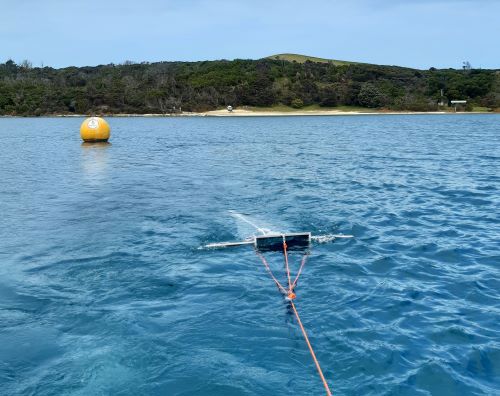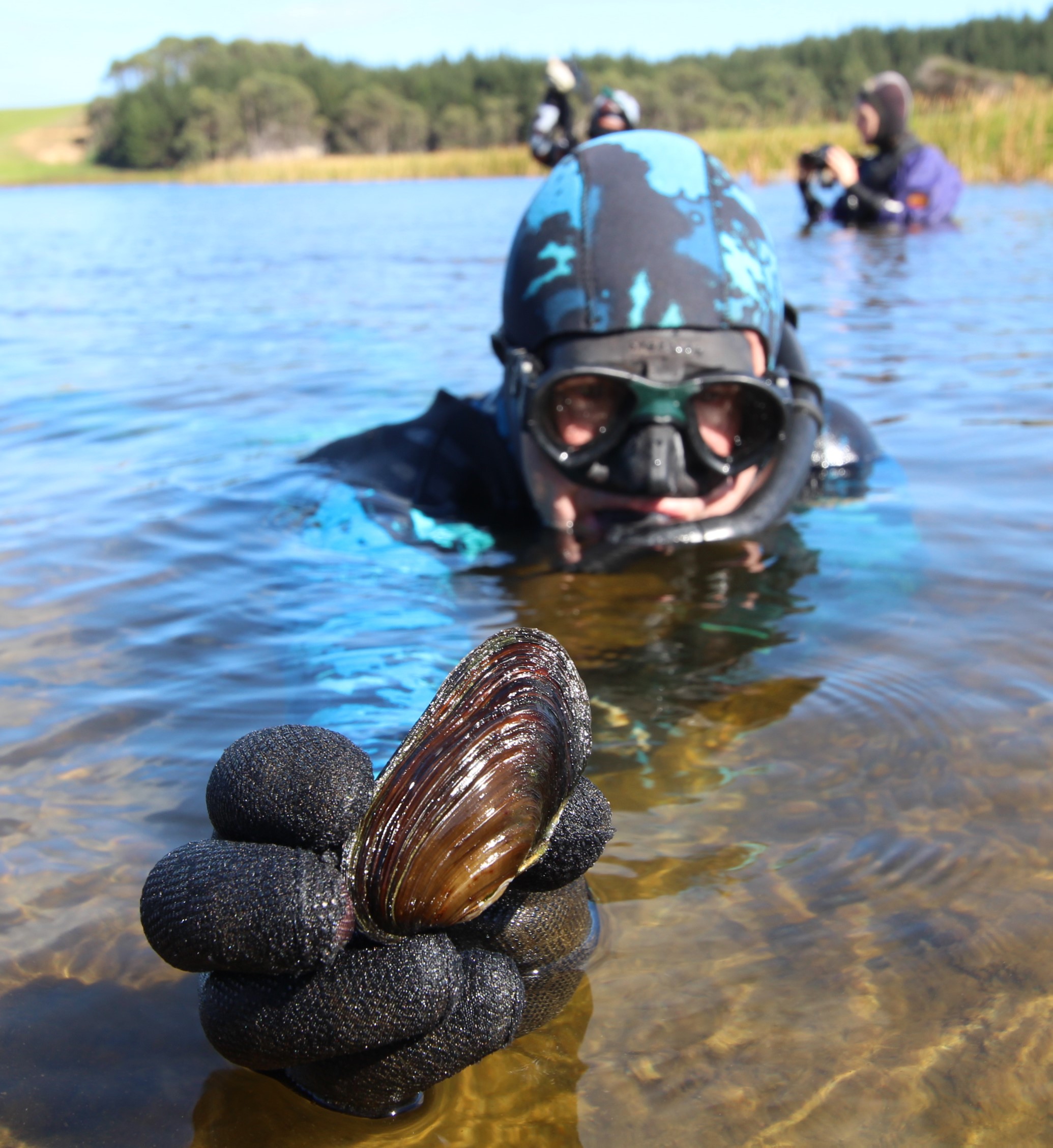Northland dune lakes part of world-first microplastics study
6 Nov 2020, 11:55 AM
Two Northland dune lakes are part of a ground-breaking international study that measures the presence of microplastics in lakes, and the results will influence how we protect our waterways from this emerging pollutant.
Microplastics – tiny pieces of plastic waste, often invisible to the naked eye – are created when plastic bottles, bags, wrapping and other items break down. The tiny particles also come from car tyres, synthetic clothes and fishing nets, and are washed into waterways through rain and water runoff.
They are a well-acknowledged problem in the marine environment, affecting animals, birds and kaimoana. But no-one has ever measured how prevalent they are in New Zealand’s freshwater systems.
Northland Regional Council (NRC) is working with NIWA (the National Institute of Water and Atmospheric Research) to contribute to the GALACTIC project, a two-year global study on microplastic levels in lakes.
 A fine plankton net is dragged across Lake Taharoa, one of the lakes in the Kai Iwi group, to collect microplastics samples as part of a groundbreaking international study.
A fine plankton net is dragged across Lake Taharoa, one of the lakes in the Kai Iwi group, to collect microplastics samples as part of a groundbreaking international study.
The project involves gathering water from the surfaces of 54 lakes in 22 countries. Universities in Canada, Italy and the United Kingdom are analysing the samples, a complex process that comes at no cost to NRC.
In September, NRC maritime and environmental monitoring officers took samples from two of Northland’s most precious dune lakes, the 198ha Lake Taharoa (in Kaipara’s Kai Iwi Lakes group) and the 56ha Lake Ngatu (northwest of Awanui in the Far North).
This involved dragging a fine plankton net across each lake’s surface behind a boat, then rinsing the net with pure water to collect the microplastics samples to be sent overseas.
This is the first time microplastics have been studied in New Zealand’s freshwater systems, and in Northland the project is strongly supported by Ngāi Takoto (Lake Ngatu) and the Taharoa Domain Governance Committee.
NIWA asked the council to participate in the study because the two organisations already work together, monitoring plastic in coastal areas and litter in Whangārei’s Hātea River.
Northland’s dune lakes support rare ecosystems that are home to native fish, invertebrates and kākahi (freshwater mussels). They’re very sensitive to environmental pollution, says Manas Chakraborty, NRC freshwater scientist.
“No-one knows how microplastics affect freshwater animals, because this hasn’t been studied in-depth before. But several of them are filter feeders, meaning they filter water to get food, so microplastics can easily accumulate in their systems,” he says.
“Being part of this world-first study will give us valuable information, such as to what extent microplastics are accumulated in the system, what types of plastic there are, where they come from, and how long they stay in the freshwater system. It enables us to establish a valuable baseline for future studies.”
Participating in this study is part of NRC’s commitment to proactively protecting the natural environment against future threats, says NRC’s Deputy Chair Justin Blaikie, who also heads the council’s Water and Land Working Party.
“Microplastics are not part of our standard water-quality measurements, but we already know they’re an emerging contaminant. We don’t know how much of this pollution the environment can deal with, and how we can actually treat the pollution,” he says.
“This research will build our knowledge of the issue, so we can be prepared and put measures in place to manage future problems. We are very fortunate to get Te Taitokerau involved in this exceptional, first-of-its-kind international project.”

Although not part of the international study, Aupouri Peninsula dune lake ‘Ngakapua’ is home to kākahi (freshwater mussels), a threatened filter-feeding native species that could be impacted by microplastics.
